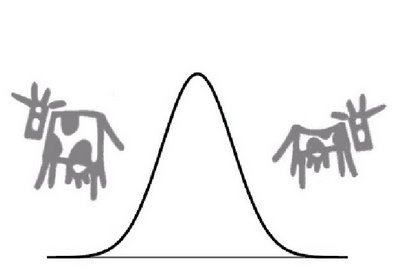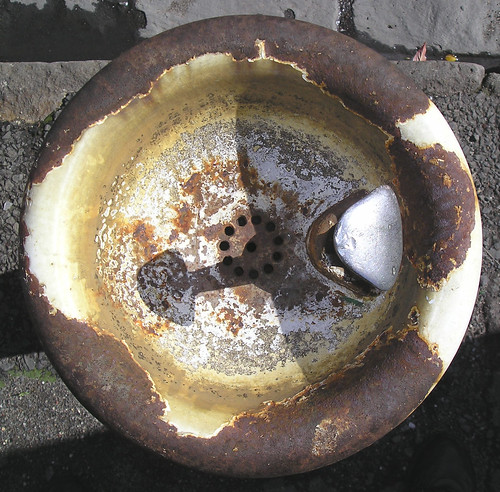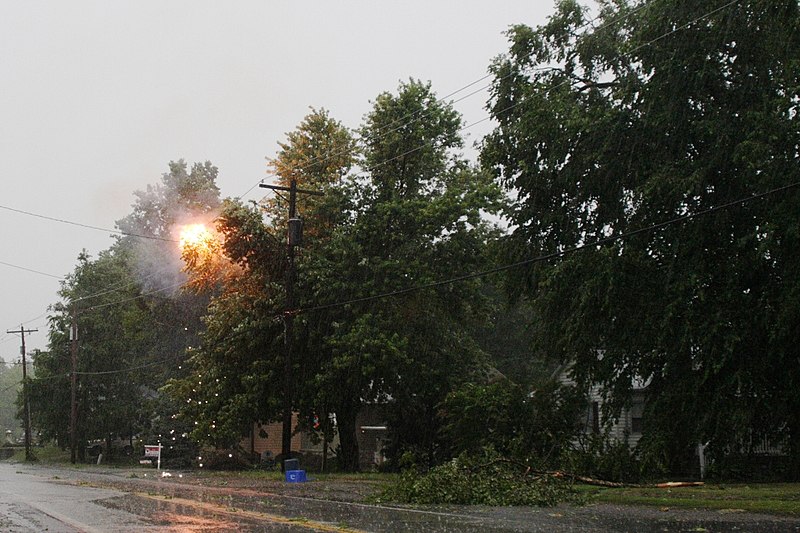 Daily Grail | Mitch Horowitz is a writer and publisher of many years' experience, with a lifelong interest in man’s search for meaning. As the editor-in-chief of Tarcher/Penguin in New York, Mitch has published some of today’s leading titles in world religion, esoterica, and the metaphysical. He has now authored his own book, Occult America: The Secret History of How Mysticism Shaped Our Nation, (Amazon US and UK) "an engaging, long-overdue portrait of one nation, under many gods, whose revolutionary influence is still being felt in every corner of the globe." This short Q&A discusses a number of the topics covered in Occult America, including Ouija, the occult symbolism on the dollar bill, and the influence of occult and New Age thinking on some of the biggest personalities in US history.
Daily Grail | Mitch Horowitz is a writer and publisher of many years' experience, with a lifelong interest in man’s search for meaning. As the editor-in-chief of Tarcher/Penguin in New York, Mitch has published some of today’s leading titles in world religion, esoterica, and the metaphysical. He has now authored his own book, Occult America: The Secret History of How Mysticism Shaped Our Nation, (Amazon US and UK) "an engaging, long-overdue portrait of one nation, under many gods, whose revolutionary influence is still being felt in every corner of the globe." This short Q&A discusses a number of the topics covered in Occult America, including Ouija, the occult symbolism on the dollar bill, and the influence of occult and New Age thinking on some of the biggest personalities in US history.Q: Many of our Presidents and Vice-Presidents brought occult influences to the White House. One of the most fascinating examples is Henry A. Wallace. Can you tell us a bit about his beliefs and how they shaped his political aspirations?
Mitch: Henry A. Wallace was Franklin Roosevelt’s second vice-president, preceding Harry Truman. While Wallace is largely forgotten today, he was once considered a chief spokesman for the New Deal and a potential successor to Roosevelt himself. Wallace was also a great intellectual searcher, and his curiosity extended into the occult. This fact ultimately led to his public downfall. Wallace was born to a prominent Iowa farming and political family and was first tapped as FDR’s secretary of agriculture. In that role Wallace introduced a wide range of agricultural reforms that helped sustain American farming during the Great Depression. In this respect, he is considered perhaps the finest secretary of agriculture in American history. He also described himself as a “practical mystic” who was deeply interested in Theosophy, Freemasonry, astrology, Native American shamanism, Eastern faiths – and also in the work of a Russian mystic-artist, Nicholas Roerich. In short, Wallace wrote some very doting letters to Roerich, which fell into the hands of a Hearst newspaper columnist who used them to bury Wallace. Today, Truman is a household name while Wallace is obscure. Yet his legacy can be found on our dollar bill. It was Wallace who introduced the Masonic-influenced symbol of the eye-and-pyramid on the back of the US dollar in 1935.





























